You are correct that if the emitter follower were employed as a linear element, it would be unable to perform AM demodulation. However, it is not as linear as you think.
This NPN emitter follower has asymmetric behaviour, in which it is able to source lots of current, but unable to sink any. This means that if you raise base potential, the transistor can easily "pull up" emitter potential, even against a very low impedance to ground. But the reverse situation is very different, in which the transistor has no ability to pull emitter potential downwards, regardless of how low base potential drops.
If the emitter "load" is capacitive, a rising input can therefore easily charge the capacitor to slightly less than the base potential, because the transistor is able to become a very low impedance current path to the positive supply. When the base falls again, though, the best the transistor can do is to switch off, removing that charging path, but this cannot cause the capacitor to discharge. Discharging can only occur via some other route, in this case a resistance in parallel with the capacitor. In other words, the emitter follower becomes a "peak detector", with an output rising very quickly with input, but falling only as quickly as the emitter resistor/capacitor permits.
It is therefore the asymmetry of the emitter follower's sinking/sourcing ability, combined with a capacitive load, that produces the non-linear behaviour required to demodulate an AM signal.



